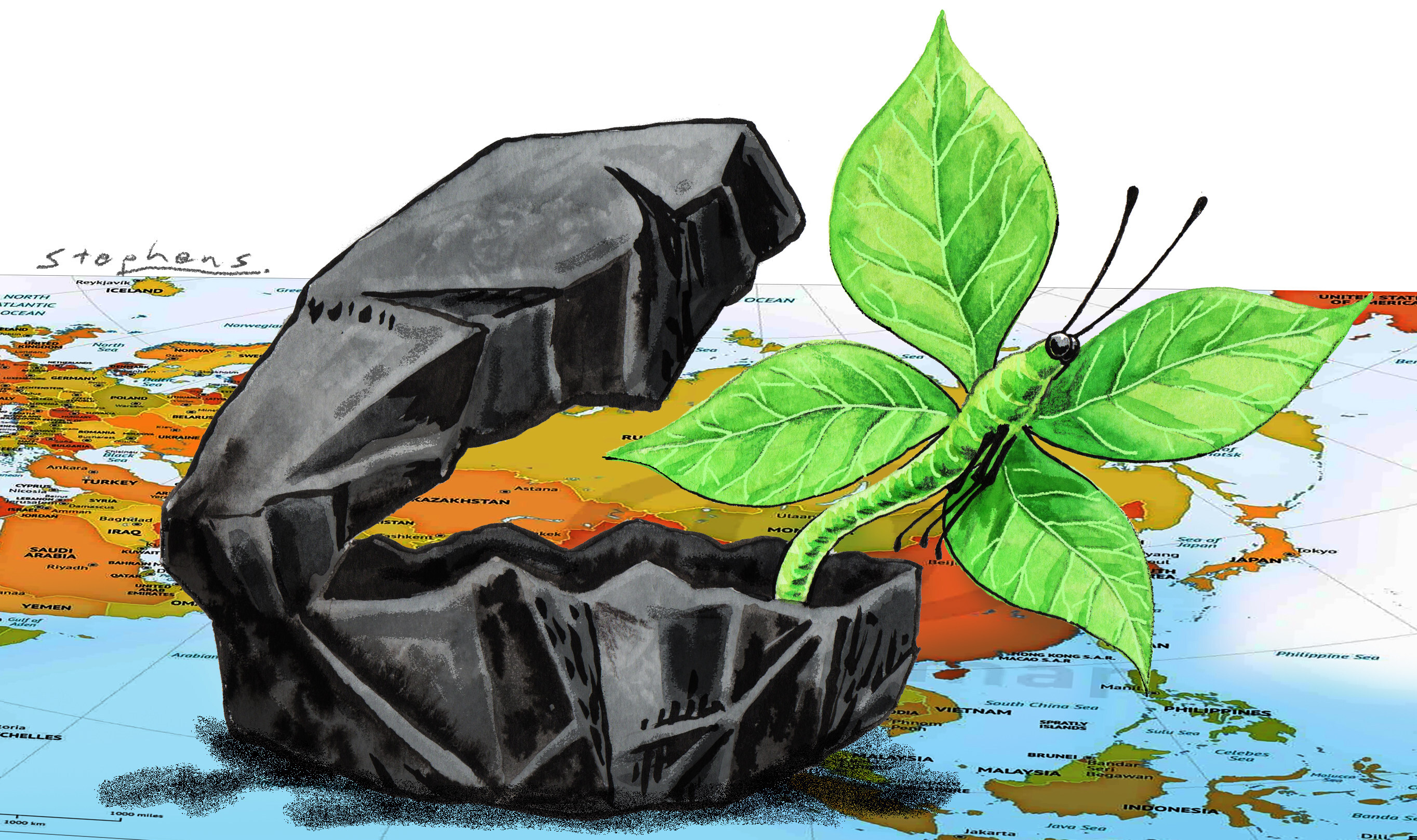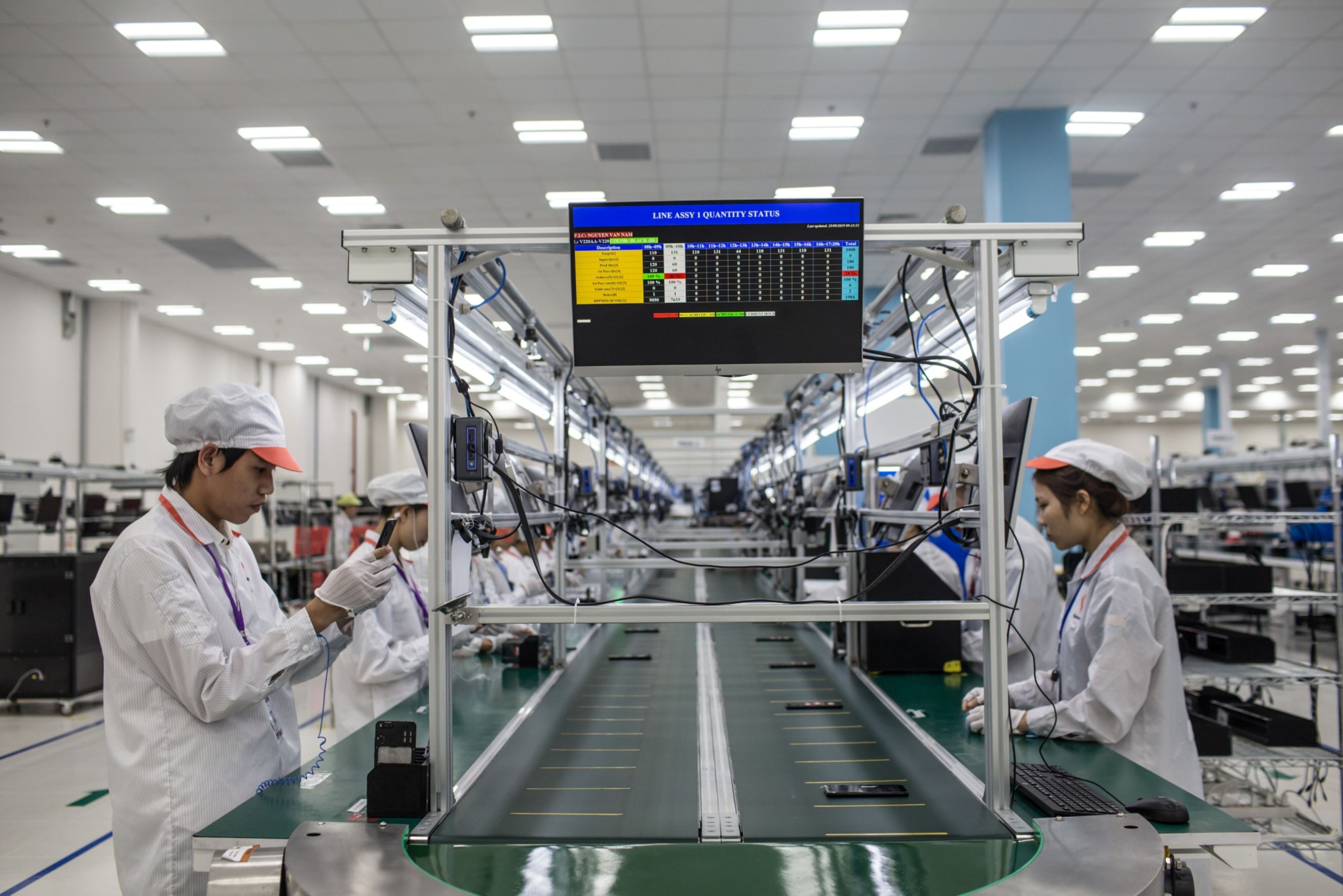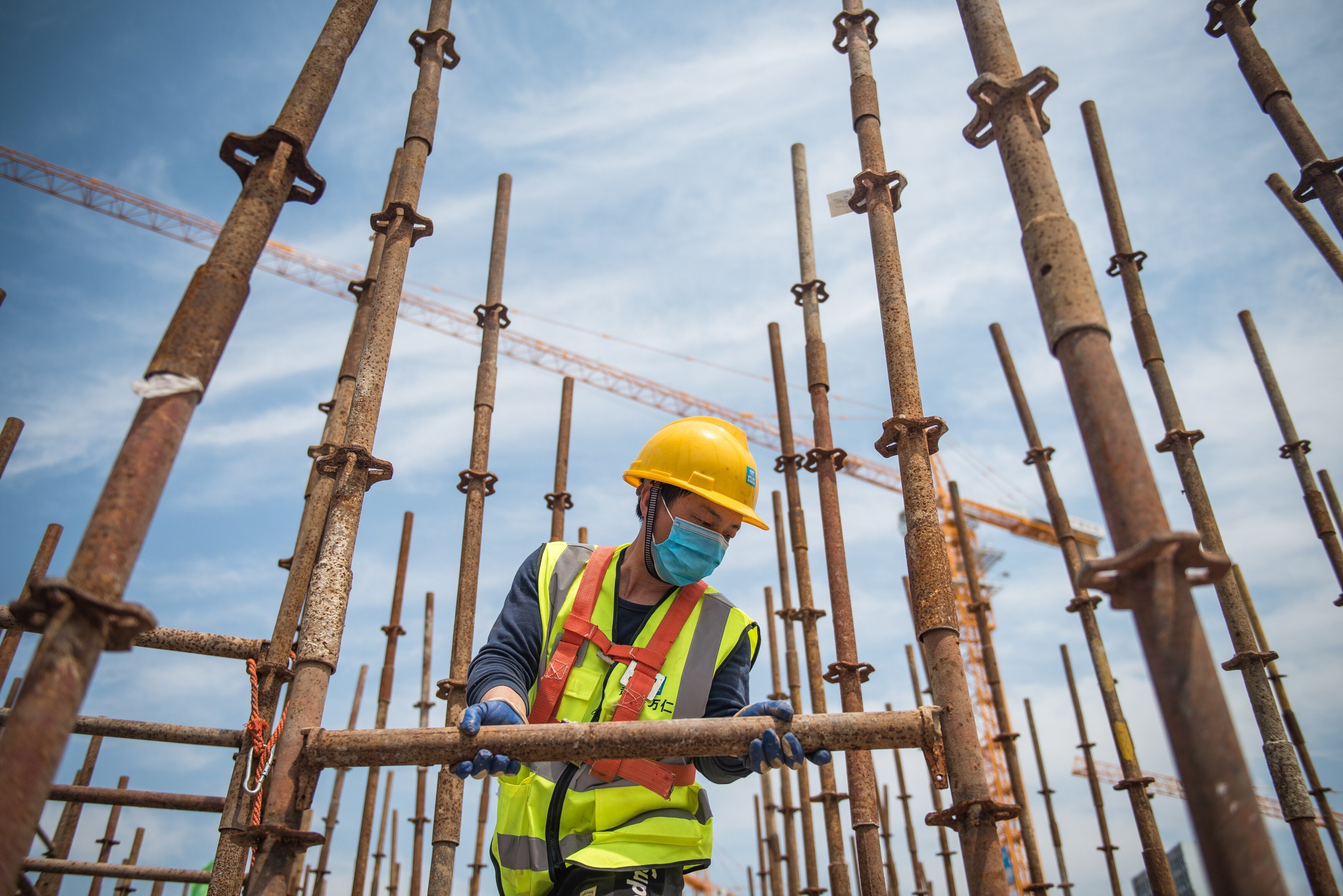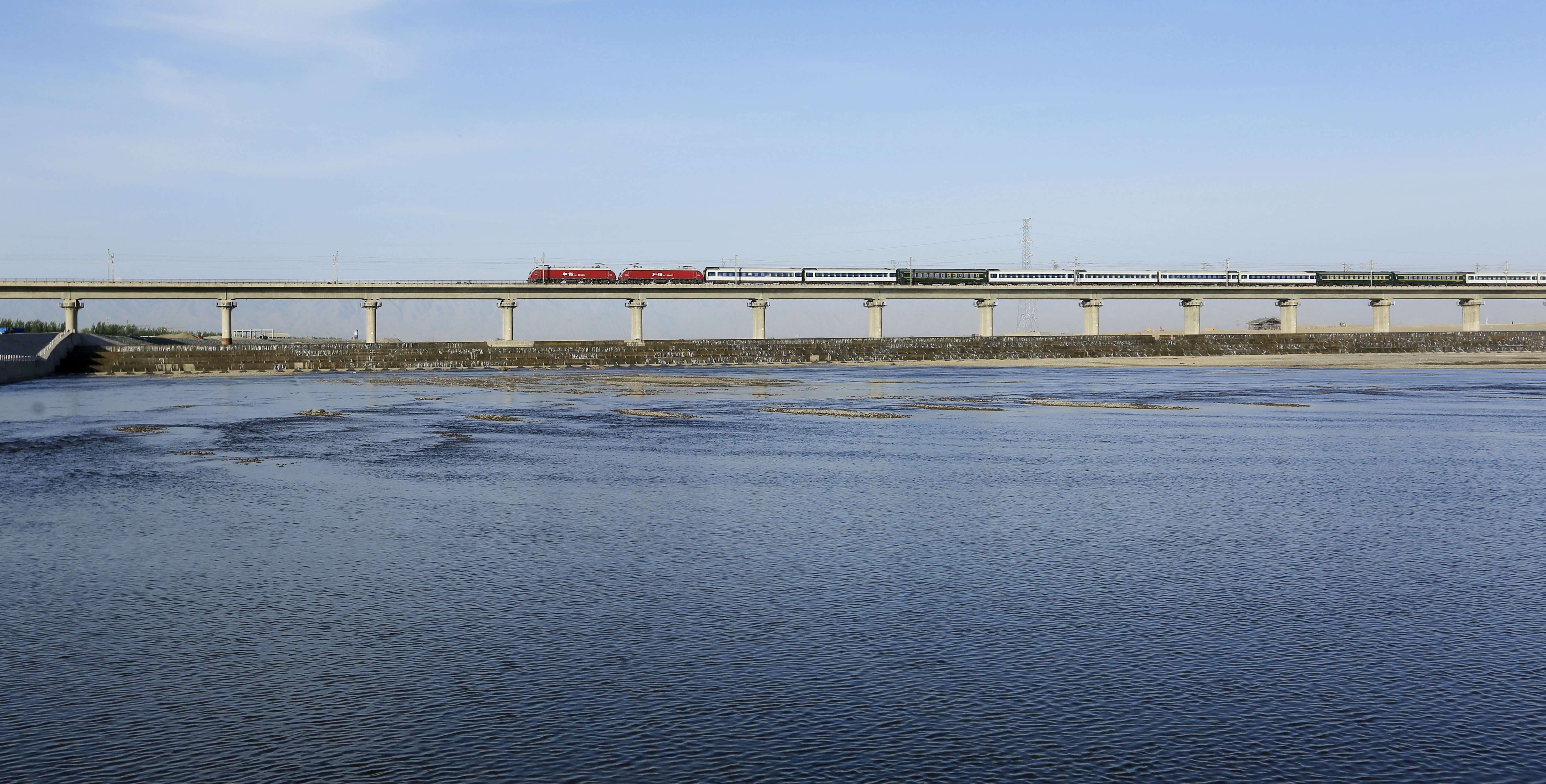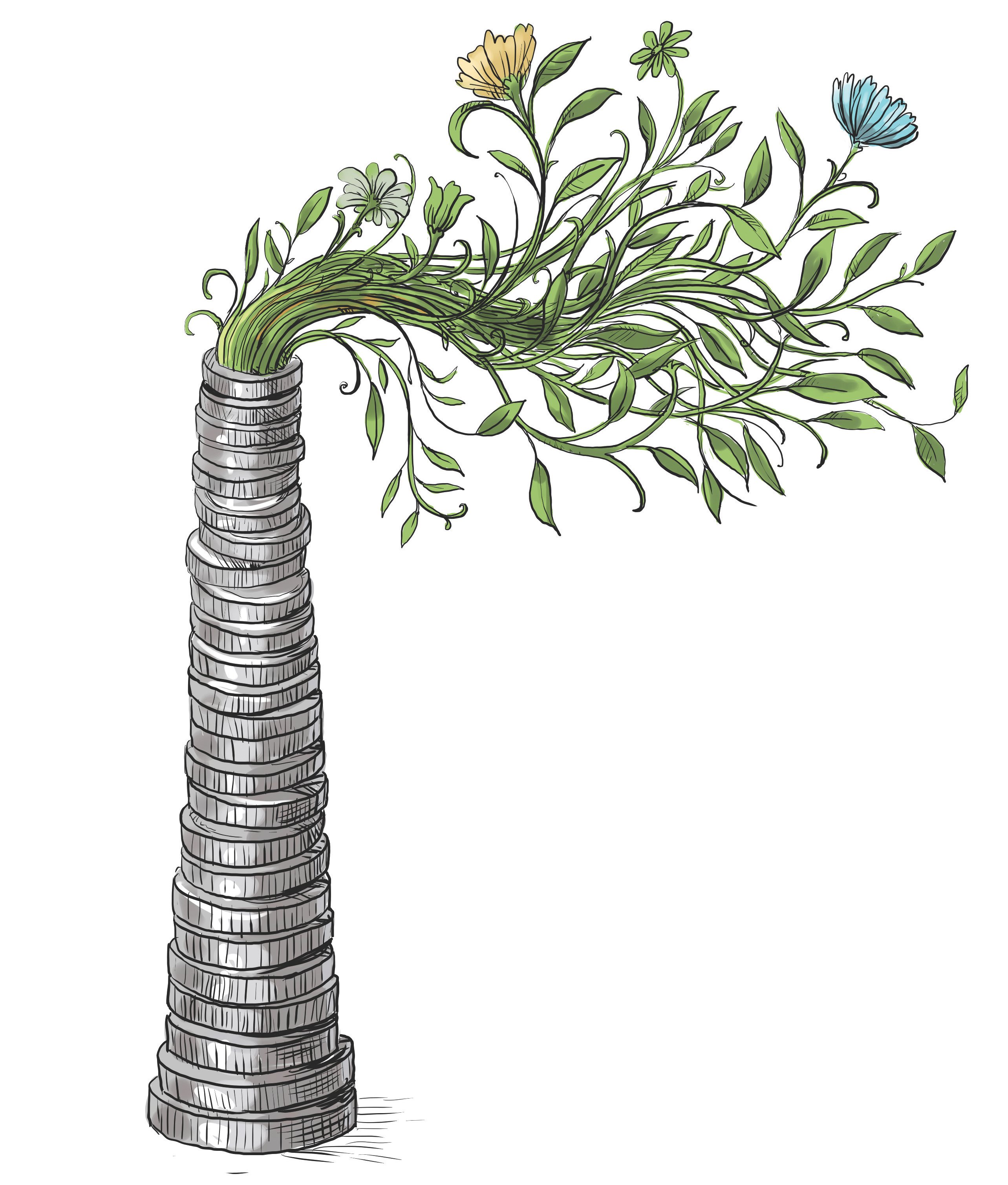Advertisement
Advertisement

Frederic Neumann
Frederic Neumann is co-head of Asia economics research at HSBC
Whether the world even comes close to a net zero future will depend largely on energy policy decisions taken in Asia. The risks, scale and needed speed of Asia’s energy transition require at least some financial burden-sharing by governments.
Far from heralding the end of Asian supply chains, recent challenges only highlight their centrality. And, as the ‘China +1’ strategy takes off, Asean is becoming the new production hub.
US bond yields have spiked on inflation fears, causing ripples across Asia. But this is an adjustment in financial markets to changing inflation expectations in the US and not a repeat of 2013 or a comment on Asian fundamentals.
Public investment is back in the economic driving seat. This is the chance for Asia’s policymakers to focus on the vital areas of health care, education, infrastructure and climate change, to move towards more sustainable prosperity.
Advertisement
